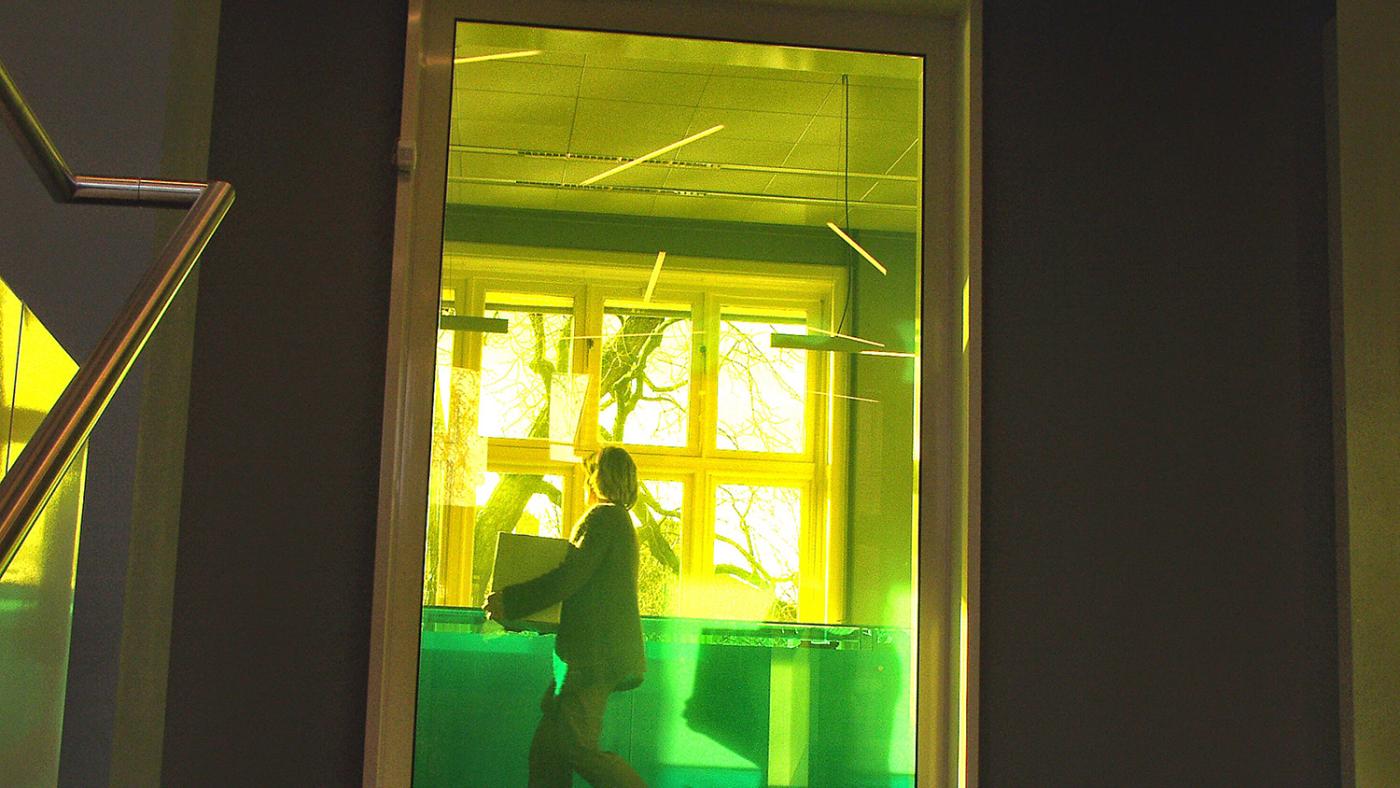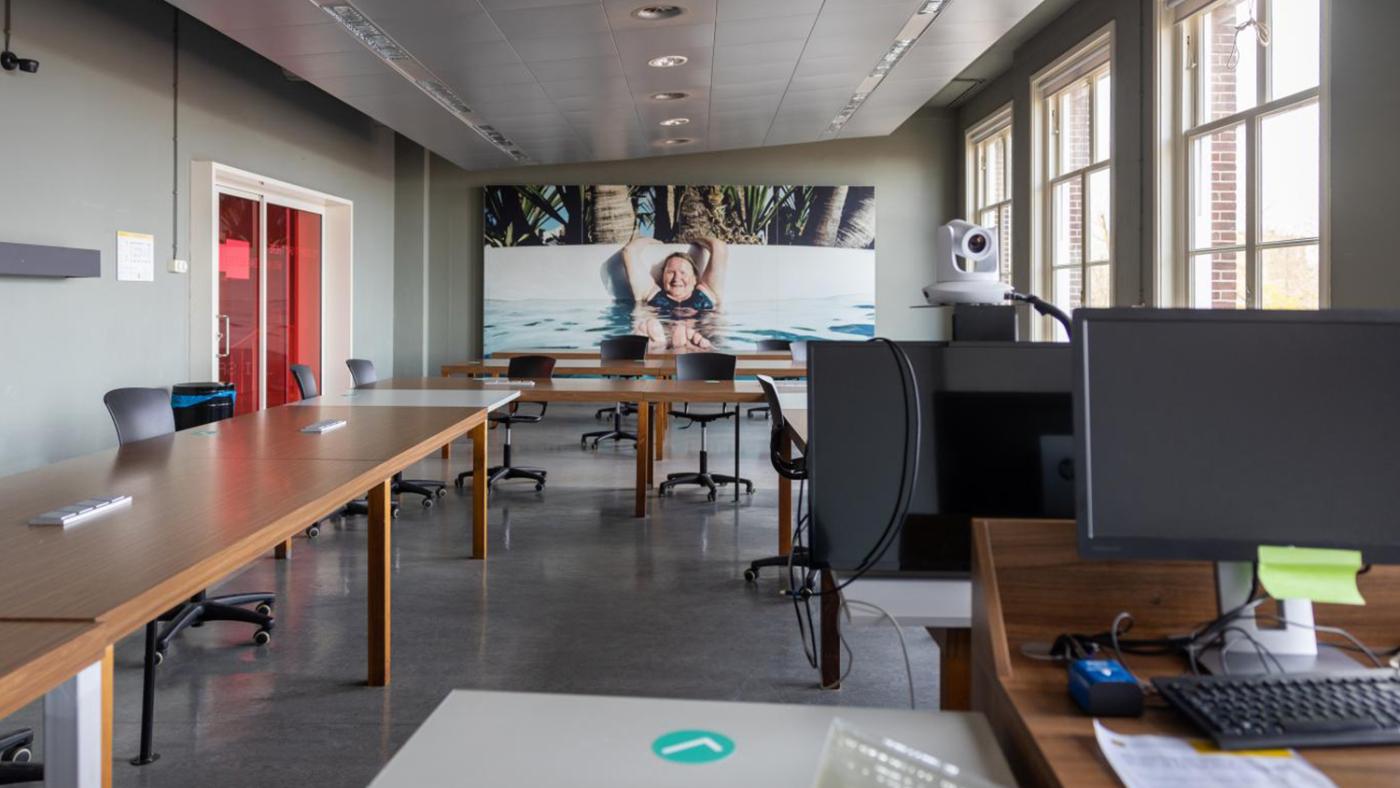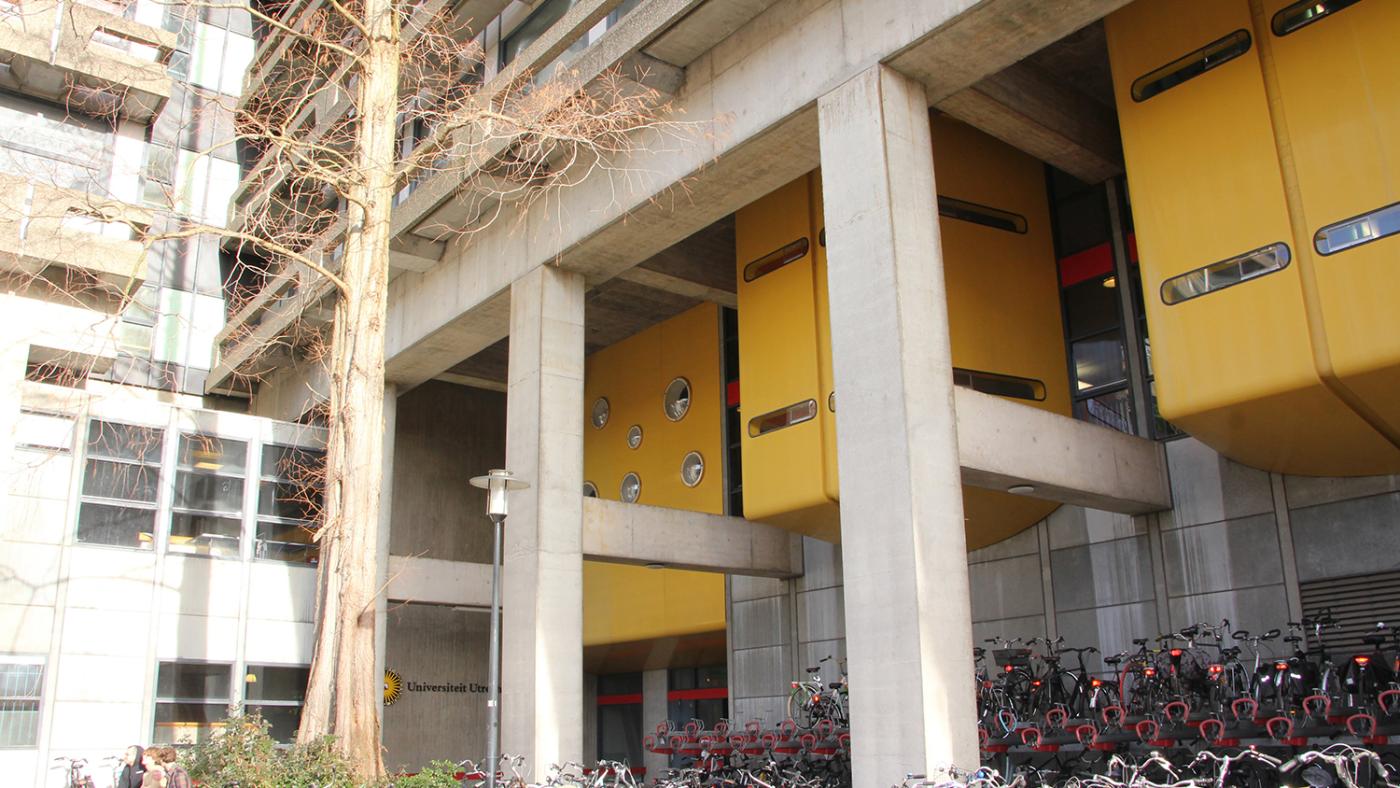'Nobel Prize winners have worked in this building'
Emotions run high about the possible disposal of three UU buildings

Over the past few months, the university has reviewed all 150 of its buildings to identify areas where significant savings can be made. UU needs to save money due to declining student numbers, inflation and, more importantly, government cutbacks. This year, the savings will amount to 35 million euros, and the amount saved is expected to rise to 70 or 80 million euros in 2029. The Executive Board believes it can make a significant impact by reducing its real estate footprint. UU will terminate leases, rent out buildings to third parties, sell buildings or demolish them. Having fewer buildings means having lower rent and maintenance costs.
After a thorough review, a list has been drawn up of buildings that may be removed from UU's portfolio. Bijlhouwerstraat 6-8, which houses the Department of Public Administration and Organisation Studies, is one of them. UU is also investigating whether it is still advantageous to renovate the Kruyt building for biologists and chemists. The building on Kruisstraat has been mentioned as well, which would mean that the Parnassos Cultural Centre would have to move out of it, although Vice-President Margot van der Starre considers this to be very unlikely.
The uniqueness of the B&O department must be preserved

Bijlhouwerstraat.
Mirko Noordegraaf, Head of the Department of Public Administration and Organisation Science, understands that Utrecht University must manage its finances and real estate carefully, but believes it should keep the right perspective in mind. ‘Costs, square metres and property values are important, but this should not be at the expense of strategy, content and innovation.’
He believes that a new location on the Kromhout site could offer new perspectives and opportunities and is therefore not opposed to a possible move. However, he insists that the department must be closely involved in the process. ‘It requires recognition and appreciation of the specific nature of the departments and their achievements, with appropriate language.’
The Public Administration and Organisation Studies programme has a Special Characteristic of Small-scale and Intensive Education (BKKI), which means that there are requirements for accommodation that must be taken into account in a new location, says Noordegraaf. ‘It is important that education, research and impact are intertwined, allowing for close contact between students and lecturers, colleagues, scientists and support staff.’ He is not sure how the department's unique character can be preserved with fewer square metres, which is why he would like to be closely involved in the relocation process.
He also believes that the International Campus should be given a different name. In his department, classes are primarily Dutch-taught, as are its research and advice. In its communications, the university now refers to the Kromhout site instead of the International Campus. He also finds it painful that the “disposal of buildings” is being discussed as the “preferred scenario”.
Noordegraaf hopes that the university will also consider the emotional value of a building. “The university building on Bijlhouwerstraat is unique and has a long history. It is older than the Utrecht University Hall and well-known professors such as Buys Ballot, Leonard Ornstein, and the Nobel Prize winners Martinus Veltman and Gerard 't Hooft have strong ties to it.” They all worked in the Physics Laboratory, which was located at Bijlhouwerstraat 8 in the 19th and 20th centuries.
Chemists look forward to moving out of the Kruyt building

Kruyt building. Photo: DUB
It is not yet known whether the Kruyt building will be sold. UU is considering possible scenarios, but the chemists and biologists who work there would rather not see the building in its current state.
Department chair Stefan Rüdiger, from Chemistry: “I don't think there are many chemists who feel emotionally attached to the Kruytgebouw. Moreover, the building is increasingly showing defects that pose a risk to our sensitive equipment. It rains inside depending on the wind.”
He says that the Kruyt building was already at the end of its life ten years ago. ‘The initial decision to renovate the building while it was still occupied ultimately came at a very high price.’
He considers the moment when the biochemists from the Bijvoet Centre can move to the new transition building, The Bridge, and the colloid groups to the redeveloped SL2 building as something to look forward to. "It looks like we'll have much better facilities there. There will also be meeting places. In the Kruyt Building, everyone is locked up in a wing."
He is pleased with how the Executive Board is collaborating with the science departments in this brainstorming phase. ‘An external party has been asked to construct the transition building, and we will be moving in as tenants. It is often said that renting is an expensive solution in the long term, but a commercial partner like this will ensure that the building is completed on time. That would have been a very difficult task for the university on its own.’
Some biologists hoped that the Kruyt Building would become the home of all life science scientists
Sander van den Heuvel, Department chair for Biology, thinks that most biologists are fine with the possibility of not returning to the Kruyt building. “We saw this coming. Hopefully, we will move to the new transition building within three years. The preparations are looking good. Nobody is looking forward to moving a second time after that."
Nevertheless, some are disappointed about the new plans. “Our ideal scenario was that all Utrecht life science scientists would be given a place in the Kruyt building. It was supposed to be thoroughly renovated so it would have a more open character and scientists could meet each other. So, that's a shame.”
The same goes for the amount of time and money invested in the planning. "It now seems to have been for nothing. But that is also understandable. The university's financial situation has deteriorated dramatically in a short period of time. On top of that, the Kruyt building has also become a municipal monument, which complicates the necessary and thorough redevelopment works and makes them more expensive. In such a situation, it's better to decide not to do it than to cut back on research and staff."
Glad that Parnassos will most likely not have to move

Photo: Parnassos
Femke den Boer, director of the Centre for Science and Culture, which oversees Parnassos, does not want to speculate about future scenarios.
Located on Kruisstraat, the centre offers creative courses and serves as a rehearsal place for actors and musicians. The building is also on the list of possible closures it is due for major maintenance.
Asked by DUB to react, Den Boer writes in an email: ‘The Executive Board sees great value in Parnassos and we are pleased with the response from Margot van der Starre, which we sent to students, colleagues and partners before the latest DUB article on the topic.'
In this email, the vice-chair of the Executive Board writes that 'no decisions about relocation have been made yet. It is one of the locations we are looking at as part of the broader real estate challenge. […] At the same time, finding a suitable alternative to Parnassos — with a café, rehearsal rooms and a theatre — is not easy. We realise that such a function cannot be accommodated everywhere, so we are weighing up the options together and very carefully. [….] If a relocation is considered, we do not want to compromise on accessibility or usability."
At our request, Nadie Smit, chair of the Coordinating Body for Student Music Ensembles (Kosmu), took a moment to reflect on the news. Initially, the students were shocked, she replied by email. But the vice-chair's response was reassuring.
According to Smit, the music ensembles have been happy with the building on Kruisstraat. ‘It's an old building, but you don't notice that once inside. The rooms have been well renovated.’
If a decision to move is ever made, she believes that all the ensembles would find it a shame. "The building is very accessible, has a lot of character and history, and some of those groups were founded here, so we are very attached to the building. Parnassos also has all the facilities these groups use and value. For example, after rehearsals, they gather at the café, while others use the theatre. And I'm only speaking for the Kosmu groups here. Many more people use Parnassos as well. The Culture Café serves as a meeting place during the day.”